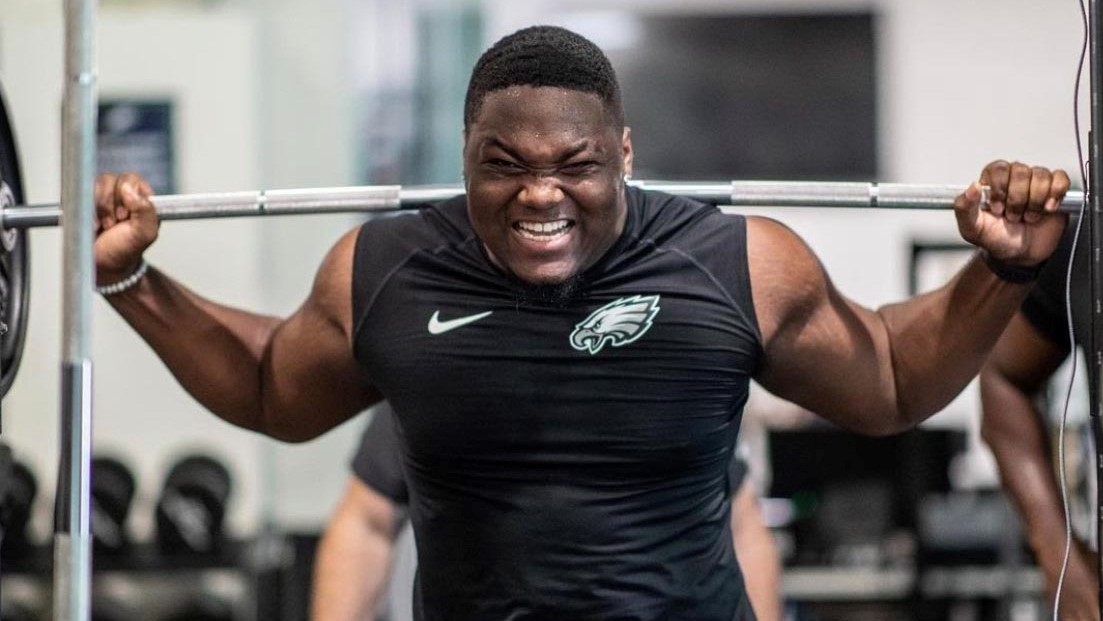Resistance training should be a key component of all training plans – its clear we both perform and age better with well informed strength training. Whilst the fundamental principles are well understood, the finer points remain a source of debate and ongoing experimentation in the sports science world. A 2022 study by Refalo et al, published in the Journal of Sports Sciences, examined various prescription variables, with a focus on proximity-to-failure and found no advantage to training to failure from a hypertrophy (muscle growth) perspective. In 2023 these findings were supported by researchers who conducted a review of 15 studies which investigated the influence of proximity-to-failure training on muscle hypertrophy. These researchers also found ‘no evidence to suggest that resistance training performed to momentary muscular failure is superior to non-failure resistance training for muscle hypertrophy.’
Let’s take a quick look at the findings in a little more detail and the implications for our own training programs.
Proximity-to-Failure
From a research perspective, there is not yet a standardised definition for ‘training to failure’, which may help explain some of the variations in findings and previous interpretations of the literature. However to help simplify things, think of proximity-to-failure as the following; how close an individual gets to the point of muscular failure during a set of resistance exercise. Muscular failure is when you can no longer complete a repetition with proper form due to fatigue. It’s actually pretty hard to reach this point and requires determination and effort to push the body to muscular failure.
Now, let’s explore Refalo’s key findings and their implications for your own resistance training program:
- For hypertrophy – no clear advantage of training to failure
When it comes to muscle hypertrophy, the study’s findings suggest that there is no definitive advantage to performing a set to failure, when compared to non-failure. There are however a number of variables that might impact these findings such as load and volume, so whilst the research seems to suggest training to failure is not necessary for maximising hypertrophy, there are still mixed views on this.
- Training to failure may increase neuromuscular fatigue and muscle soreness
Performing a set failure likely induces greater neuromuscular fatigue and muscle soreness, which can then disrupt other areas of training or life in general. The research seems to suggest that these effects do not come with increased hypertrophy and therefore do not score well from a risk-reward perspective.
Robinson’s research supports these findings, concluding “(i) there is no evidence to support that resistance training performed to momentary muscular failure is superior to non-failure resistance training for muscle hypertrophy and (ii) higher velocity loss thresholds, and theoretically closer proximities-to-failure do not always elicit greater muscle hypertrophy. As such, these results provide evidence for a potential non-linear relationship between proximity-to-failure and muscle hypertrophy”. In other words, performing a set to failure or to a point where we are moving the weight at a significantly slower tempo than the first rep, does not seem to lead to increased hypertrophy.
Our clinicians and coaches typically recommend keeping 1 to 3 reps in reserve when strength training. This provides a strong training stimulus without unnecessarily increasing musculoskeletal injury risk or neural fatigue. It enables our athletes to perform multiple training sessions a week and receive the benefits of strength training without compromising other forms of training.
The name of the game is to build a strong and capable body which provides the foundation for performance, health and longevity. This involves training intelligently and not simply maxing out at every opportunity.
Train smarter, not necessarily harder.
Sources:
Exploring the Dose-Response Relationship Between Estimated Resistance Training Proximity to Failure, Strength Gain, and Muscle Hypertrophy: A Series of Meta-Regressions. Robinson et al (2023)



